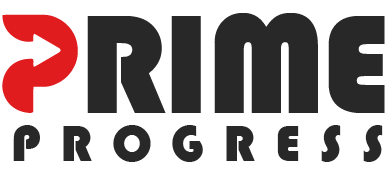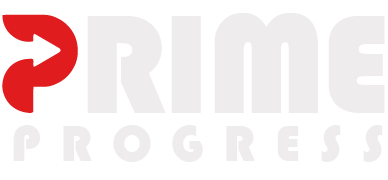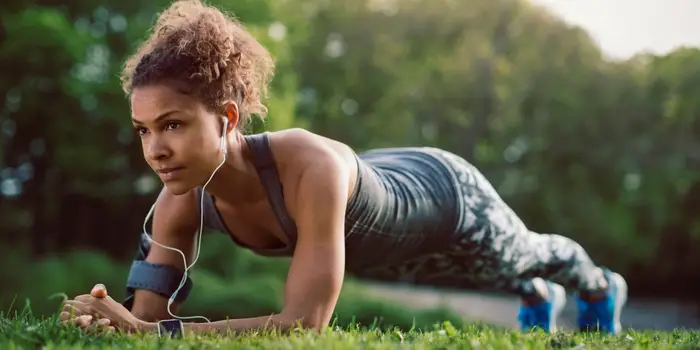By Agbai Sharonjoyce
The plank is one of the most popular moves in modern fitness—often promoted as the exercise for a flat stomach and a rock-solid core. But does holding a static pose for minutes actually make your abs flatter? To answer that, it helps to understand which muscles planks target and what that means for core strength.
What the core actually is
When fitness experts talk about the “core,” they’re referring to a network of muscles, ligaments, tendons and bones that support the spine and pelvis. A strong core stabilises the body, improves movement and helps prevent injuries—especially lower back pain.
How planks work
Researchers commonly use electromyography (EMG), a tool that measures how intensely a muscle contracts, to test the effectiveness of core exercises.
For a flatter stomach, the key muscles are the ventral muscles on the front and sides of the torso, which include the rectus abdominis (six-pack muscles), lower abdominals and the external obliques.
The standard forearm plank has been shown to activate these areas strongly. Studies find it particularly effective at engaging the side abdominal muscles (obliques) and activating the lower abs.
This makes planks a reliable move for strengthening the muscles that help shape and firm the midsection.
Limitations
However, the standard plank does have one major drawback: it doesn’t engage the back muscles very well.
Research shows that during a regular plank the muscles along the spine area work at less than 10% of their capacity. For balanced core strength—and to prevent lower-back pain—the back muscles need to trained just as much as those in front.
If the goal is to challenge your abs and sides even more, switching to unstable equipment like the Swiss ball or TRX suspension trainer increases muscle activation and makes the exercise much more effective than floor planks.
Do planks really make abs flat?
Planks help your stomach appear flatter because they strengthen the main abdominal muscles, especially the rectus abdominis and the external obliques.
When these muscles are strong, they hold the stomach tighter. Planks done on unstable surfaces like the swiss ball or TRX increase the challenge, helping these muscles work harder and grow stronger.
Yet even the strongest abs won’t look flat if they’re covered by body fat. Planks build muscles; they do not burn fat directly. Your overall body-fat level still determines how flat your stomach will ultimately look.
Choosing the right plank
- To target the front and side abs, use unstable surfaces like the Swiss ball or TRX.
- To strengthen the muscles along the back, switch to the reverse plank.
A simple way to picture it is like building a house: the standard plank strengthens the “front wall” of your core, but you also need a strong “back wall” for full support. Training both sides gives your body a stronger, more balanced foundation.
Summary not available at this time.





